Camping in Colorado has its’ perks. The beautiful mountains, lush fields of wildflowers, blue mountain lakes, excellent hikes with ease of access, the list goes on. If you are camping or hiking to Colorado this summer it is important to know the five best practices to exploring outside.
5. Sanitation
Campsite Selection
Photo from Kuhl
Photo by William Berger
Everyone wants the perfect campsite with a beautiful view when they wake up. Chances are someone has been there before you, take advantage of this. Choose a campsite that has already been impacted to avoid further damage to vegetation. Keeping the ground vegetation alive helps with erosion control and keeps the natural land healthy and happy. Remember, falling trees can be a hazard. Pick a spot out of harm’s way for yourself and your car. Camp at least 100 feet from a water source to help keep our streams and ecosystems safe from human impact. If any signed area says “no camping” it means No Camping. Stay on designated roads, do not drive through vegetated areas. It’s the simple things that help keep the wild land wild.
Food and Trash
Photo from Kuhl
To protect yourself, bears, and other critters, you need to take care of your food and trash. Bears can do a lot of damage do your belongings and human food and trash is unhealthy for their diet. Once a bear is desensitized to humans, they can be even more dangerous and ultimately they may be euthanized. Keep the bears alive by doing your part. Never feed wildlife or encourage them to be unafraid of people. Bears are generally more scared of you than you are of them. Let’s keep it that way. If you have a fire, don’t use your campfire ring as a trashcan. This can attract bears to your camp. Be “bear aware”. Store your food, cookware, and trash in a bear safe container. Remember, pack out what you pack in. Keep the forest animals alive and well.
Fire Mitigation
Photo by William Berger
Colorado is already a dry place, even though it may seem lush and green. The soil moisture content through much of the state is below average and the majority of the state is considered to be in a drought. This means, fire danger is always a concern. This is where people live and love to travel to, don’t be the one who destroys it for all. Always check local fire restrictions before camping. These can be found at Forest entrance signs, campgrounds, trail heads, and along roads or at local Forest offices. When you have a fire, make sure it is in an area that prevents easy spread of flame laterally or vertically. Never leave a campfire unattended and always make sure to completely put out the fire before you leave. In regards to smoking, make sure to extinguish and safely dispose of cigarette butts or doobies. Do your part to help prevent wild fires.
Length of Stay
Photo from Kuhl
Recreational camping in the same location is limited to 14 days. After this time, you must move at least 3 air miles away. Public lands are a special place for exploration and recreation. Sharing the land is one of the best things we can do for each other. This means we all need to do our part to protect them and keep them safe.
Sanitation
Photo from Kuhl
To keep streams, wetlands and lakes happy, do not bathe with soap or wash your dishes in waterways. If you need to go number two, dig a 6-8 inch hole, far away from a water source. Always clean up your camp after you leave. Leave no trace, make it look like you were never there.







